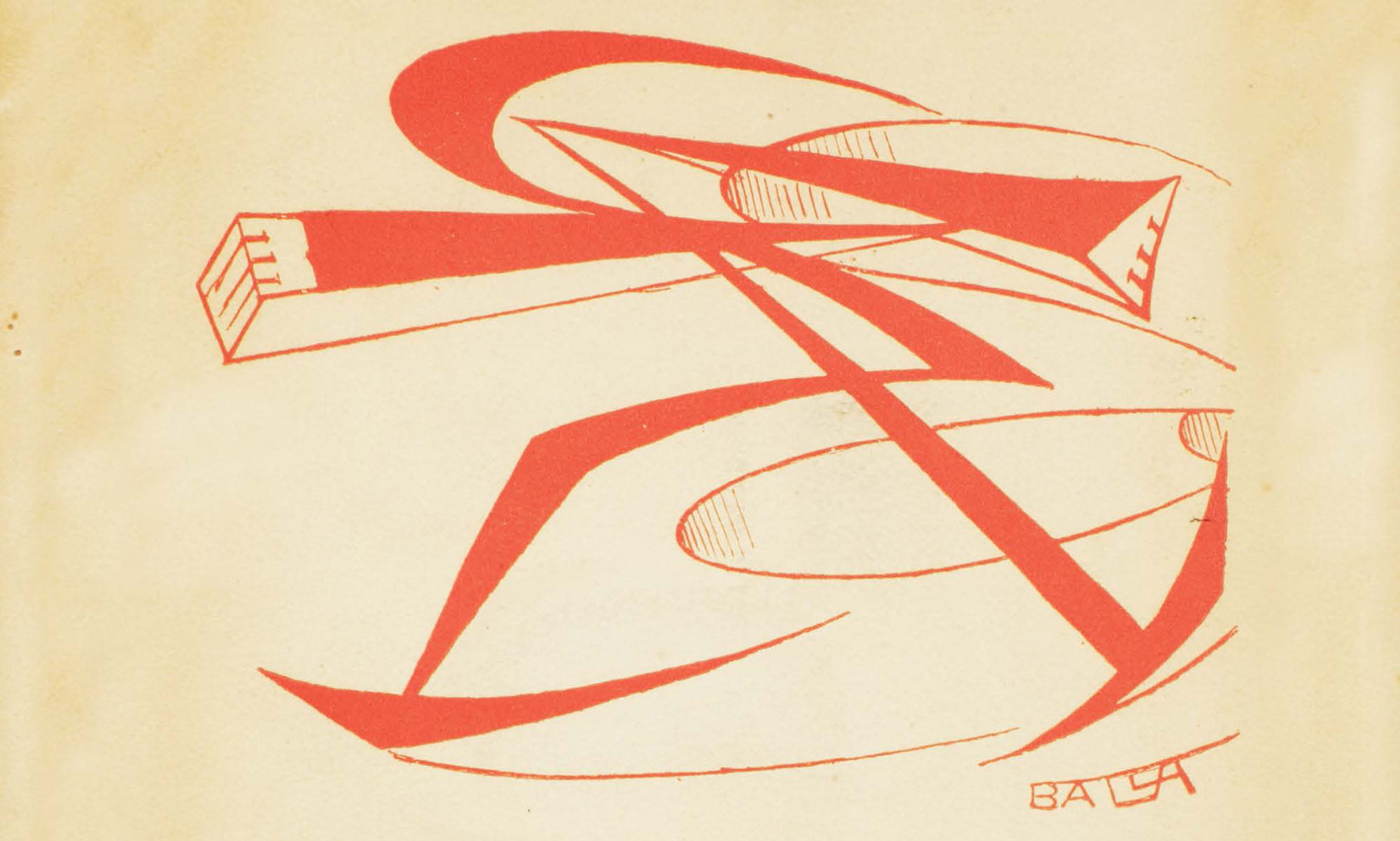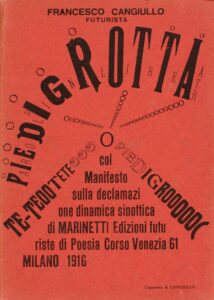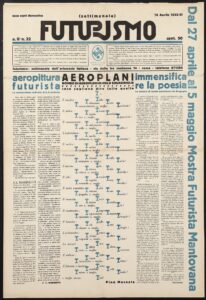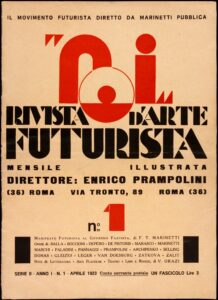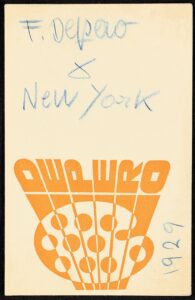by Tristen Aguilar, Julia Casse, Gabriela Melo, Ryan Rameshwar, and Monica Seligman
One of the most interesting expressions of futurist art can be found in the field of typography, the art of composing type on a page. In particular, futurists saw the opportunity to create literary experiments that would bring movement and sound to paper. Typographic experimentation encapsulates the innovative technology, the changes in cultural and artistic sensibility, and the penchant for advertising and self-advertising that characterized the movement. Through typography, futurist artists were able to represent many different facets of Italian society during this period, and the effects of their experimentations are still visible today in Italian graphic design.
In the early years of the movement, futurists experimented with the format of books, leaflets, magazines, and journals. Different combinations of size, weight, and style in fonts, along with their orientation, turned every page of these documents into a veritable work of art, giving readers a new idea and experience of what literature could do for them. By the late 1920s, futurist typography was a well-established field of artistic experimentation that had given rise to imitations all around Europe and was popularized abroad by artists such as Fortunato Depero, the only futurist to attempt a career move to the United States. As the futurist movement progressed in the 1930s, its typographic experimentation became perhaps less daring, but no less ingenious.
